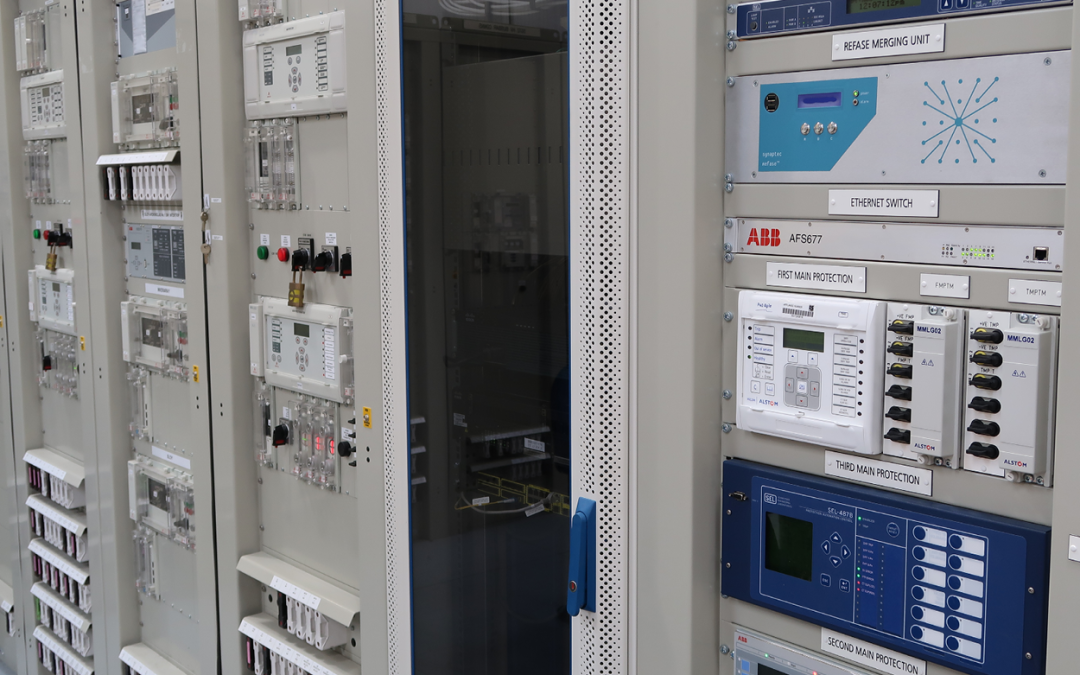PAC World 2022
Date published: June 2022
Authors: Mohseen Mohemmed, Philip Orr, Steven Blair, Neil Gordon, Iain Mckeeman, Ahmed Mohamed, Andrea Bonetti.
Abstract
New grid connections for low-carbon technologies can lead to costly engineering work to install and protect the resulting multi-ended circuit. Circuit protection for multi-ended feeders is conventionally implemented via distance or line differential protection. Distance protection is often used in areas where there are poor or no data communications possibilities. However, this method is not 100% accurate due to the under-reaching effects caused by fault infeeds from teed circuits, and the setting strategy, often called “throttling factor”, can become very complex. This can lead to incorrect tripping due to accuracy levels or drifting zone reach. Line differential protection requires a protection relay at each feeder-end with reliable alignment of current measurement, plus a robust telecommunications infrastructure. This duplication of equipment at each line end results in significant total costs and, in older substations, space constraints can be a limiting factor. Operators seeking to protect multi-ended circuits are therefore often required to utilise distance protection, resulting in complex setting calculations, reduced resilience, and increased operation time of the scheme.
This paper describes the installation and testing activities of passive sensor technologies to overcome the challenges associated with either of the previously described conventional approaches to multi-ended circuit protection. The presented solution, which has been installed in a 132 kV system in the UK, provides a full multi-ended differential protection scheme, but without requiring IEDs or any active electronics in all substations. Standard CTs are passively coupled to an optical fibre and a central Interrogator unit is able to access current measurements from both the local substation and a remote substation 30 km away (with distances of approximately 60 km also being possible), and publish time synchronised IEC 61850-9-2 LE Sampled Value data streams. The paper will describe the system design, how validation was performed, and practical details of the final 132 kV installation. It will be shown how this approach offers a highly cost-effective solution for protecting circuits, particularly for complex arrangements with multiple ends and space restrictions.
This project represents the first time that passive distributed sensors have been deployed for multi-ended circuit protection, and therefore this capability is likely to be of interest to protection engineers faced with delivering affordable and resilient protection of multi-ended transmission circuits or similarly challenging networks that would benefit from multi-zone differential protection capability.
